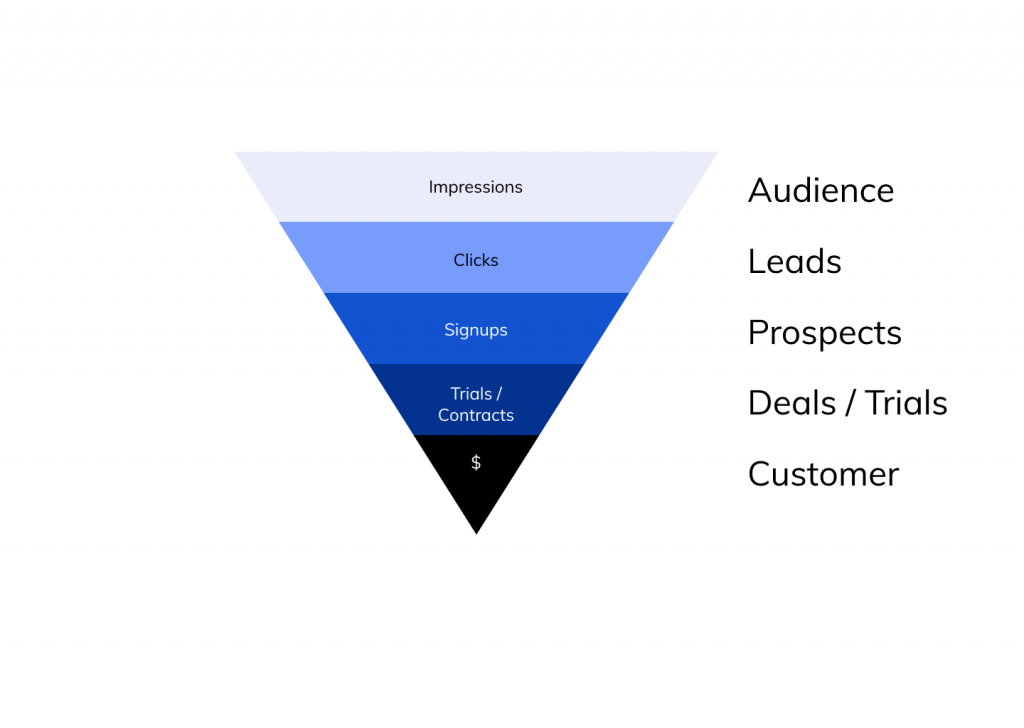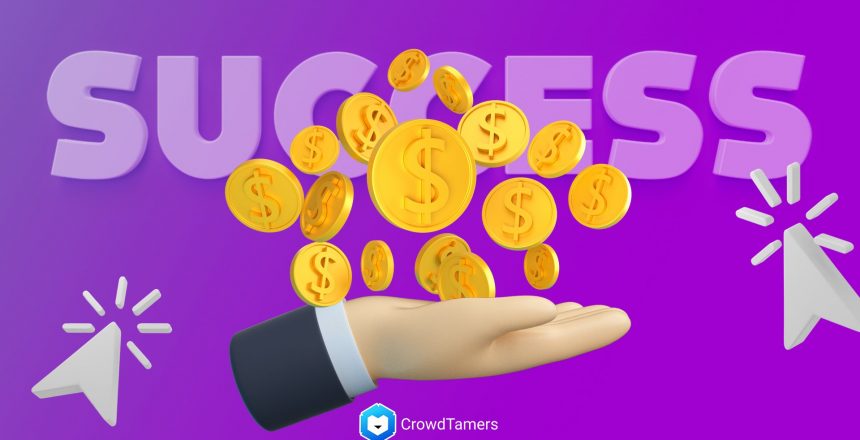Over the last decade or so I’ve spent in excess of a million dollars in ads for small startups, helping them launch and grow their businesses from $0. I talk a lot about how to use advertisements to discover brand positioning for early stage startups, which looks quite different than an established brand’s ad performance.
The most common question I got in my DMs after that I posted that Twitter thread above was, “How do I know if a test worked?”
Most startup founders who don’t have a marketing background don’t even know what a good advertising campaign’s results look like.
The easy answer is, “Did it make you money?” but for a lot of very early stage businesses, their ads can’t make money yet because they don’t have any funnels that convert reliably .
So how do you know you’re moving in the right direction?
First: what kind of test are you running? Where in your customer’s journey are you speaking to them?

For brand positioning and value proposition tests, you’ll be looking primarily at the top of this journey: turning audience reach into leads by getting clicks.
The key metric in this stage of the funnel is click through rate (CTR). Since the cost per click varies wildly by industry, CTR as a general measure of interest can help you gauge if your brand messaging is interesting to your audience.
So what’s a good click through rate for a social display ad?
It depends. 😄
This varies by industry and even by company, but here are the rough success metrics I use for most clients:
Good test CTRs for positioning:
- 1% for ecommerce*
- .5% for B2B SaaS*
- 1.25% for B2C SaaS
How do my goal CTRs compare to industry average?
These are not industry leading averages. If you Google “What is a good CTR” you’ll get numbers which are quite different. Strike Social tells you it’s 2%. Hubspot offers a more conservative range
Regardless, my success metrics look pretty low compared to industry averages. Heck, most of my own campaigns show much higher numbers than that in any platforms’ ad reporting tools:

Three things to note here that explain that difference:
1. Ad platforms don’t discount bot traffic
Facebook or Twitter show a dramatically different CRT than you’ll on your analytics for your landing page. I’m not saying to measure landing page views instead of CTR, but I do discount half of the difference between CTR and landing page views.
Once you factor that in, the actual conversion rates for some of my early ad campaigns here isn’t that far off from stated goals.
2. Ad campaigns get better as you optimize ’em
Ad campaigns do better as you optimize. A 3% CTR on your first or second GTM test ad campaign is quite strong. If you drift down from there in later experiments, you know you’re iterating in the wrong direction.-
3. I’ve got 20 years of experience at this
I’ve been doing this a long time. I can hopefully get a better start than your average new startup founder.
Now you’re equipped to understand what a successful (or failing!) test looks like for new startups looking to figure out their branding. It’s important to recall that you want to test very different approaches to your messaging at first.
This is not “Do I test a red button or a green one” kind of tests at first. Try this 2,000 year old trick to help you create great experiments.
So there’s my insight on what you should be looking for in your own test campaigns. Hit me up @crowdtamers if you have questions or just wanna tell me I’m crazy. 🙂





